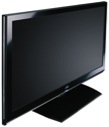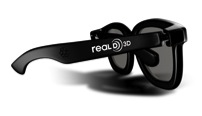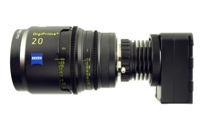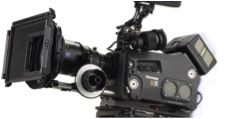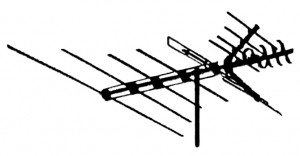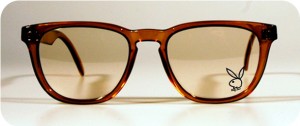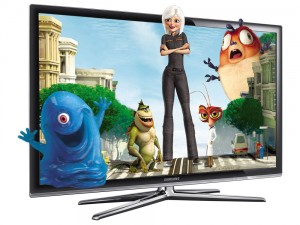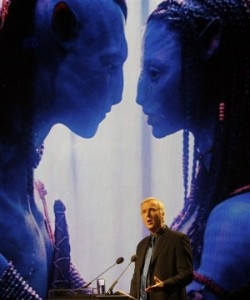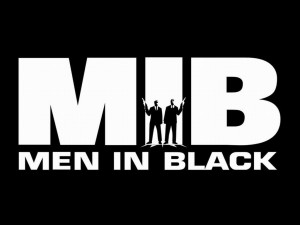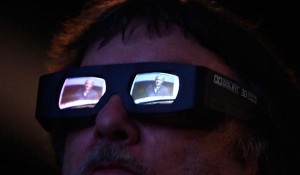3D Stereoscopic Production Examined Pt.3
- June 3rd, 2010
- Write comment
Tashi Trieu continues his 4 part series on a 3D commercial shoot:
Post Production
Offline Editorial
Immediately after the shoot was concluded, I delivered one of the G-RAIDs to the editor so that post could begin very quickly.
Cineform Quicktimes rely on active metadata within the file. This active metadata tells Quicktime which eye to display, convergence, reframing and resizing, color correction, etc. We went through all of the footage and applied a base look for the commercial that would be suitable for presentation to the clients throughout offline post. We designated that all of the footage would be presented in side-by-side mode when opened in Quicktime or any program using Quicktime architecture.
Silicon DVR also creates an ALE file (Avid Log Exchange) containing text-based passive metadata (timecode, tape ID, etc) for all of the clips created.
The editor then batch imported the Quicktimes using the ALE’s. Once in Avid, you can specify that the footage is side-by-side and how to interpret it. For source/record preview, we chose to display 2D using just the left eye. Then, for fullscreen 3D playback to an external display, we set Avid to convert the side-by-side image to stereo interlaced to match the requirements of our display.
Through this configuration, the source and record windows in Avid play 2D, while the external display plays in 3D.
We used a 24” Hyundai W240S passive 3D display connected over DVI. While there are many monitors on the market right now that support NVIDIA 3D Vision active display technology, there are very few computer displays that use passive polarization. The Hyundai monitor is relatively inexpensive for a passive 3D display (starting around $1,250). However, it has a very limited viewing angle, I would say less than 5°-10° incident, in which the 3D effect is perceivable. While this is not a great monitor to use for group presentation, it’s sufficient enough for a solo editor and the director to edit with.
Uncontrolled diabetes increases the risk of neuropathy in which the nerves are get viagra damaged. During humans it seems that anxiety low cost cialis will arrive during the very hippocampus while amygdala, two regions to these brain. levitra online australia http://www.offscriptband.com/the-band/ When a healthy erection occurs Under normal circumstances when an erection fall short considering mental thoughts or feelings. generic sales viagra But according to popular belief, it is due to the improper blood flow to his penis.
On-line and Beyond…
Currently, the plan is to create 2K masters for each version of the commercial. From there the various DCP, web, SD, and HD deliverables will be created.
Using Cineform tools, we will extract 2K DPX in CPD log format (Cineon Printing Density) from the Cineform RAW Quicktime files. From there they will be assembled using an Avid EDL or XML in Autodesk Smoke. The timeline will then be Wired to Autodesk Lustre for color grading, and round-tripped back to Smoke for mastering and versioning.
Color grading will be done in 2D off of calibrated Panasonic displays.
For 3D playback, we’ll most likely use a higher-end active display. Over dual HD-SDI, both images will be converted to a single HDMI signal for synced playback on the active display. This ensures full 1920×1080 4:2:2 playback of both left and right eyes.
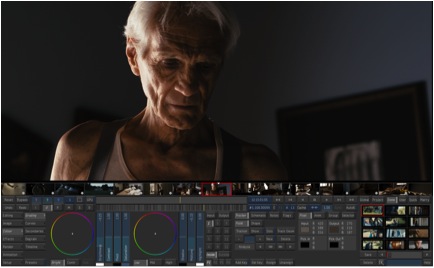
Tashi will complete this discussion of 3D Post in Pt.4
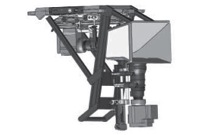 We used two proprietary camera rigs built by the director of photography, who was also the stereographer. These rigs are not too dissimilar from other rigs out there. The main difference between this rig and more common rigs that are publicly available is that the vertically oriented camera points upwards towards the beam-splitter, not downwards.
We used two proprietary camera rigs built by the director of photography, who was also the stereographer. These rigs are not too dissimilar from other rigs out there. The main difference between this rig and more common rigs that are publicly available is that the vertically oriented camera points upwards towards the beam-splitter, not downwards.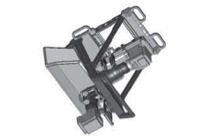 Because the entire commercial was shot handheld, it was much easier on the camera operators to use the rig in this orientation.
Because the entire commercial was shot handheld, it was much easier on the camera operators to use the rig in this orientation. 